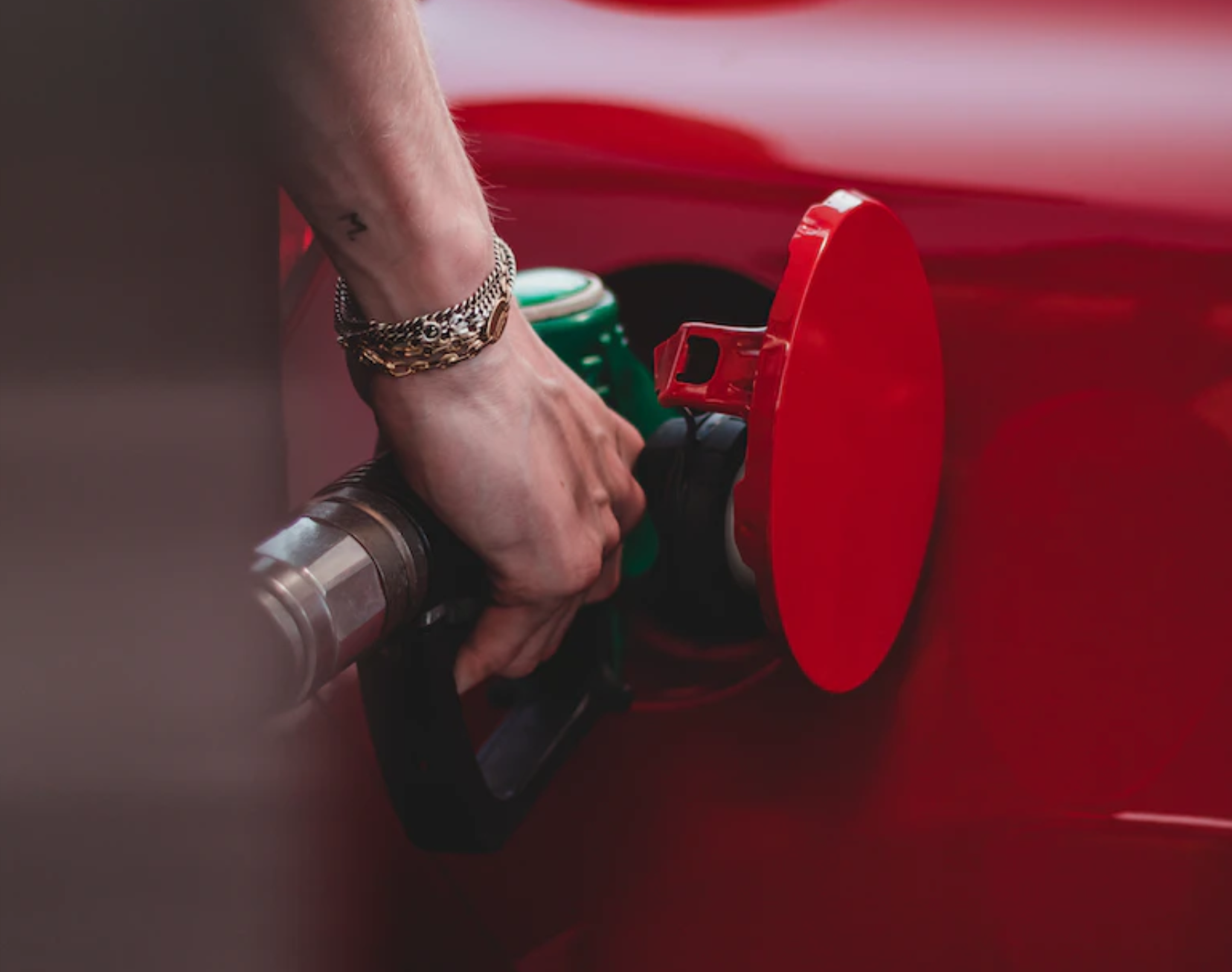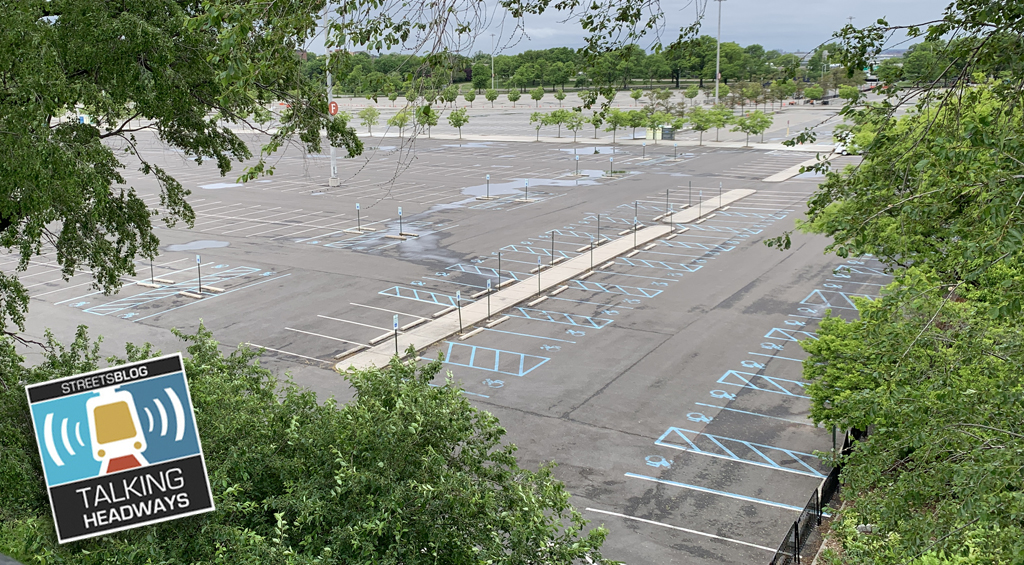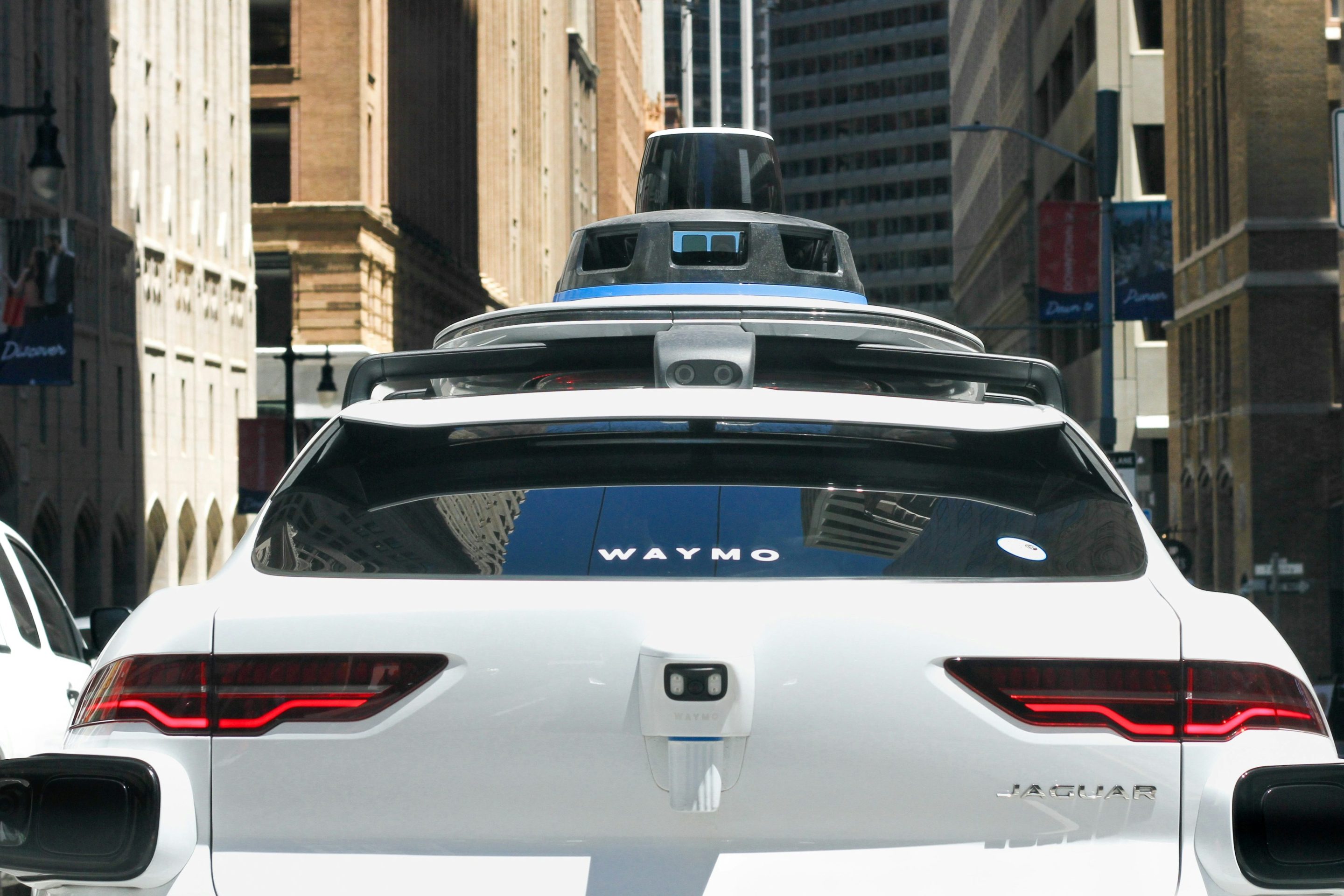The House transportation committee's new $450 billion bill provides for a national infrastructure bank intended to "maximize the limited resources available for our surface transportation needs," as the panel's early outline puts it.
 (Photo: National Association of Water Cos.)
(Photo: National Association of Water Cos.)This sounds a lot like the infrastructure bank proposed by Rep. Rosa DeLauro (D-CT) and 35 other House members -- indeed, Streetsblog Capitol Hill noted the similarity yesterday -- but in fact, Oberstar's proposal is likely to look different from his colleagues'.
Details on Oberstar's infrastructure bank plan are expected to be filled in after his legislation is officially introduced early next week, a Democratic committee source said yesterday. Yet the transportation panel's outline notes one crucial difference: Oberstar's infrastructure bank would be "located within" his proposed new DOT office of intermodalism, while the bank backed by DeLauro and Sen. Chris Dodd (D-CT) would be independent of the government.
Why is this significant?
An independent bank, backed nonetheless by the full faith and credit of the U.S. Treasury, would be free to make funding decisions without being swayed by political ties or the ability to gain from managing any particular transportation project.
Take South Carolina, for example. It's home to an infrastructure bank that accounted for 55 percent of the nation's state-level transportation loan guarantees in 2006, according to the National Governors Association (NGA).South Carolina's bank has its own board, separate from the state DOT, and cannot own or manage any aspect of a project that is seeking its funding help.
A similar restriction is included in DeLauro's national bill. But Oberstar's infrastructure bank, as an arm of the federal DOT, easily could be tied to the agency's internal culture and priorities.
Many state infrastructure banks also evaluate projects using specific criteria. Arizona ranks its proposed projects based on "financial considerations, economic benefits and safety" while allowing applicants to choose between "mobility" and "air quality and environmental impacts" for theit final standard, the NGA found in its study of the issue last year.
DeLauro's bill asks the national bank to evaluate proposed transportation projects based on six factors: job creation, emissions reduction, congestion reduction, "poverty and inequality reduction," the furtherance of urban smart growth, public health benefits, and the use of "smart tolling" methods such as congestion pricing.
For Oberstar, then, the devil may be in the details. Will his bill's infrastructure bank use criteria similar to the DeLauro plan or to those used at existing state-level banks? Will his bill require that project sponsors repay the government using direct revenue from the projects that get funds (i.e. tolls)?
The answers to those questions could determine how much support the transportation bill receives from fans of the infrastructure-bank concept.





